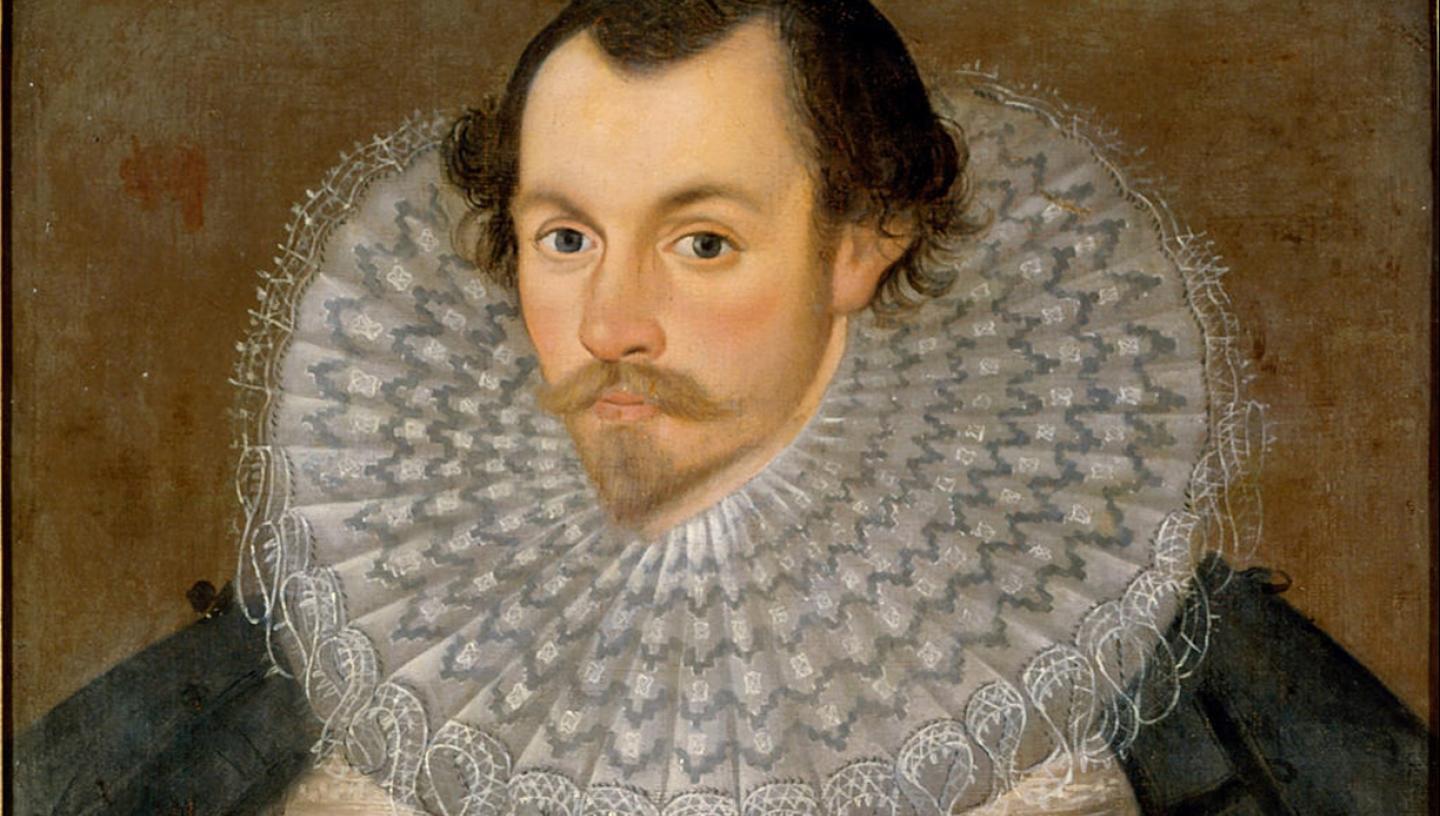
The search for new trade
The search for new markets during the reign of Queen Elizabeth I helped to boost England’s maritime confidence.
The Dutch were England's major client for cloth exports, and the port of Antwerp, in the Netherlands, was the commercial centre.
During this time, the Netherlands was also a Spanish province, which meant the stability of the European market for English cloth, and the availability of imports in return, were affected by the state of relations between Spain, England and the Netherlands. This dependence on a single product and a sole client had to be addressed.
Anglo-Russian trading
Financial problems meant that Antwerp had been in decline since 1551, so other alternatives started to be sought. A search for a navigable North-East Passage to China, through the Arctic seas above Russia, was commissioned by private investors with royal support in 1553. Although the primary aim of the mission failed, the expedition did succeed in establishing a direct trade with Russia.
The need to spread the financial risk of long-distance ventures among small investors led to the creation of the first joint-stock company. The Muscovy Company, founded During Queen Mary’s reign in 1555, had 201 shareholders, including Elizabeth. Joint-stock companies continued to thrive during Queen Elizabeth I reign.
The port of Archangel in the White Sea was founded during Queen Elizabeth's reign and the Muscovy Company flourished. Anthony Jenkinson, one of the Company's most successful merchants, soon became the Queen's ambassador to the court of Tsar Ivan IV (the Terrible). The Muscovy Company continued to search for viable sea routes to the East but, when they proved too hazardous, began to explore overland routes with the Tsar's blessing.
The search continues
In 1564, attention was drawn to the unhealthy reliance on the port of Antwerp and the impact of fluctuating Anglo-Spanish relations.
The outbreak of the Dutch revolt against Spanish rule in 1566, and deteriorating Anglo-Spanish relations, made the situation even more critical. A secure European market was essential, as was the need for new ones. New markets were opened in Germany and the search for others gathered momentum, both as outlets for English cloth and as direct sources of imported goods.
During the 1570s and 1580s the search for a North-East and North-West Passage to open up new markets in the East continued. Licensed by Elizabeth, backed by the Muscovy Company and tutored in navigation by John Dee, explorer and privateer Martin Frobisher led the search for a North-West Passage above present-day Canada.
Frobisher and his men made three voyages between 1576 and 1578, sailing across the Atlantic Ocean and landing on Baffin Island in northern Canada. The land was claimed for Elizabeth, who named it 'Meta Incognita' (unknown boundary).
A boost to England’s maritime confidence
Despite the failure of many of the early expeditions, they produced a growth in maritime knowledge and confidence. This growing confidence and the excitement that surrounded the ventures was to produce more spectacular results later. It also fuelled a vision of England as an entity that extended beyond its own shores.
Using our collections for research
The collections at Royal Museums Greenwich offer a world-class resource for researching maritime history, astronomy and time.